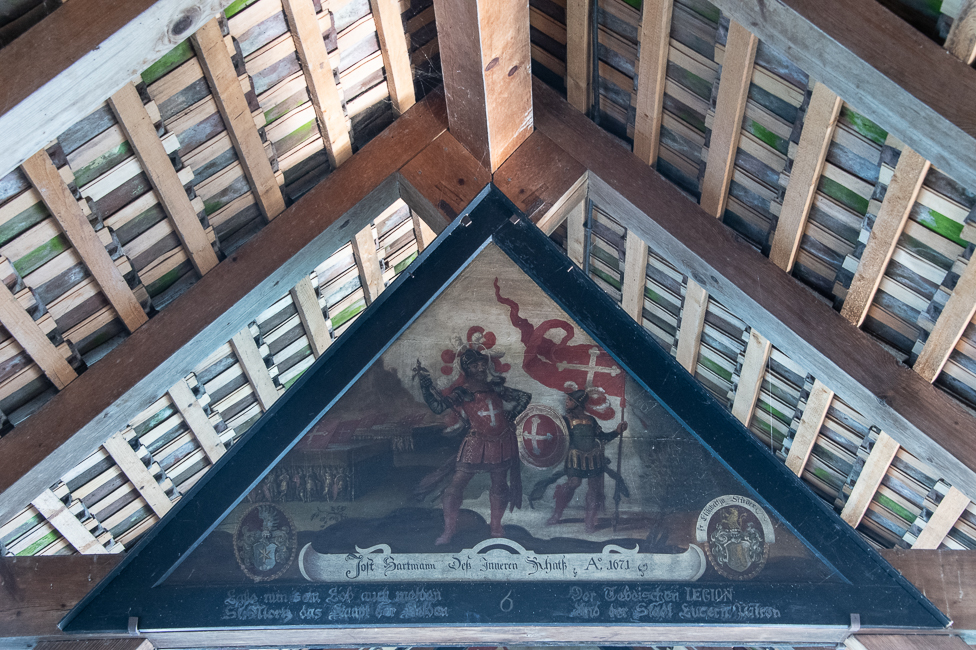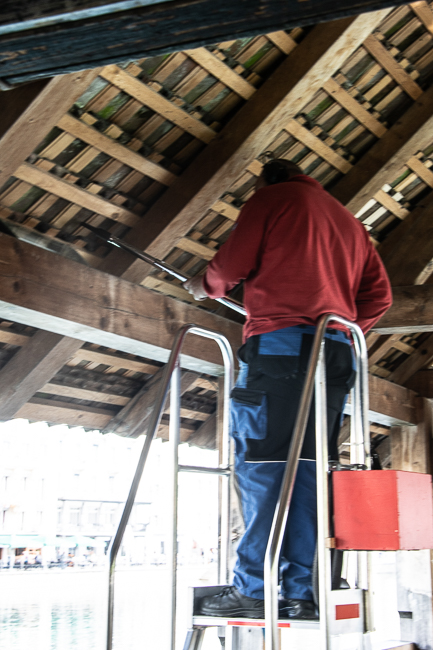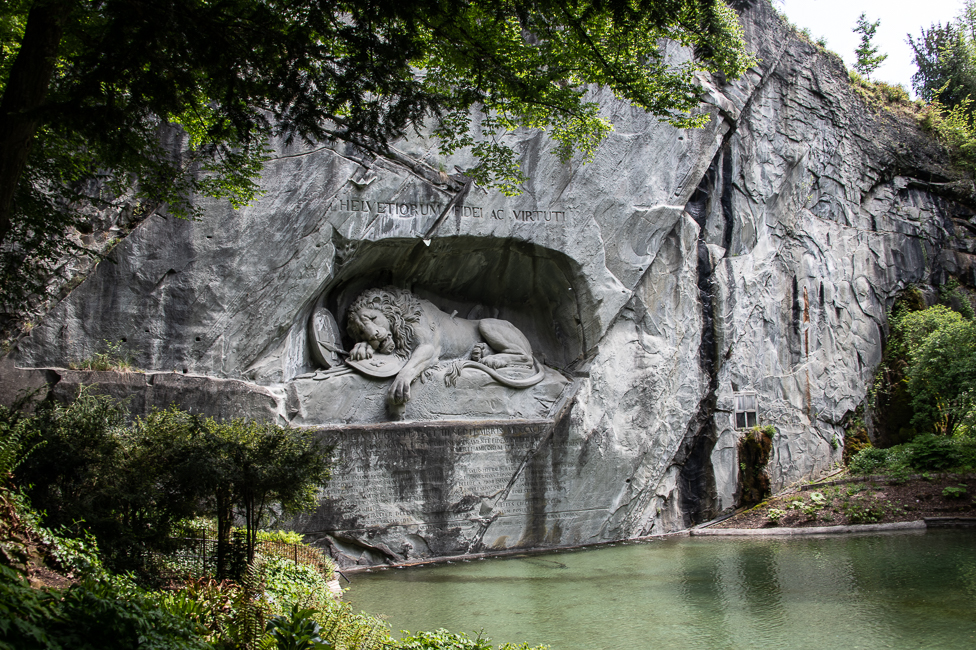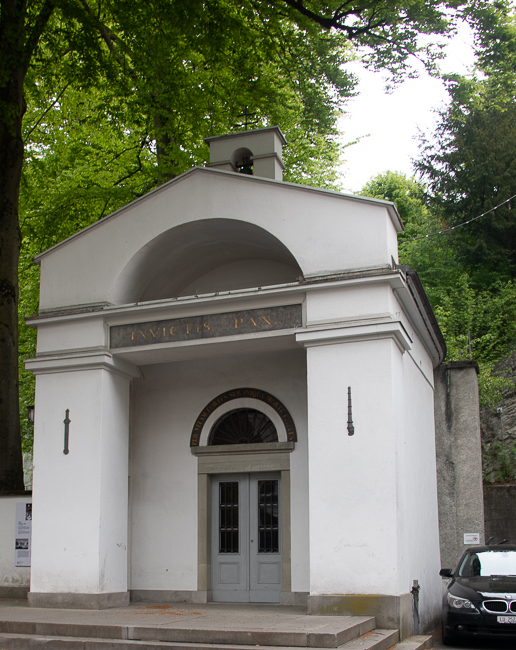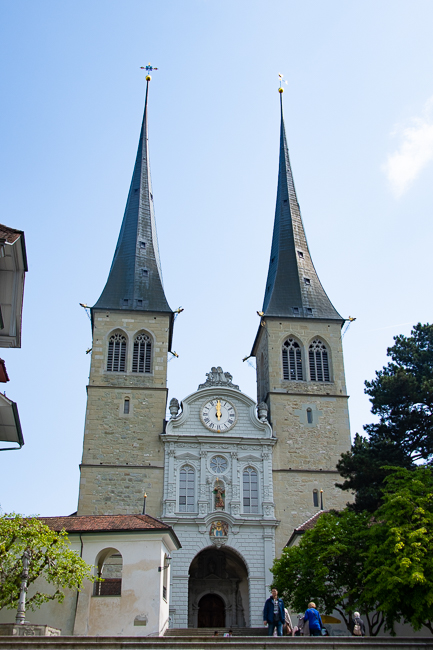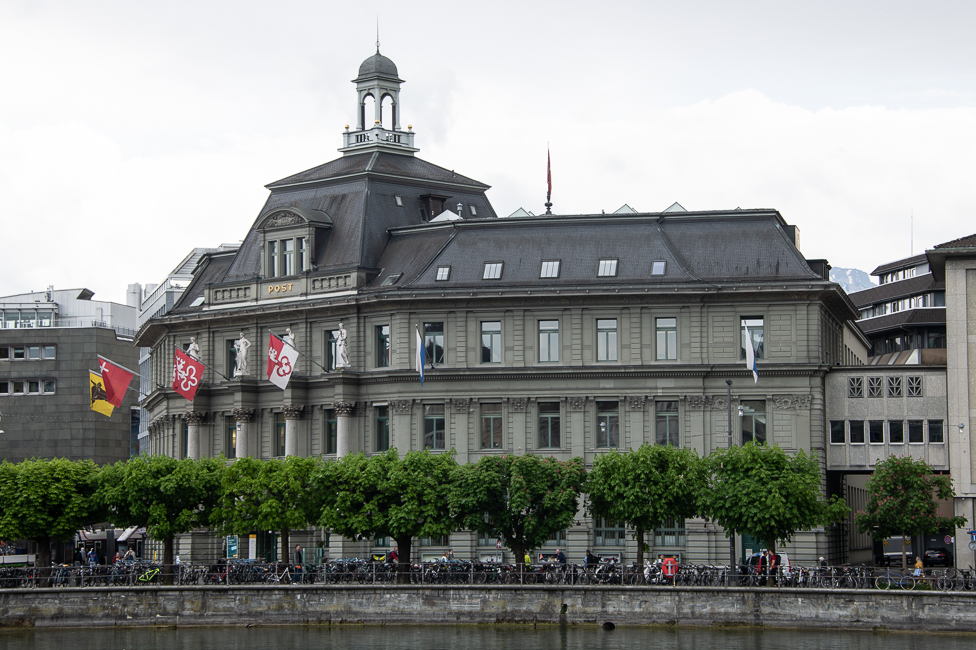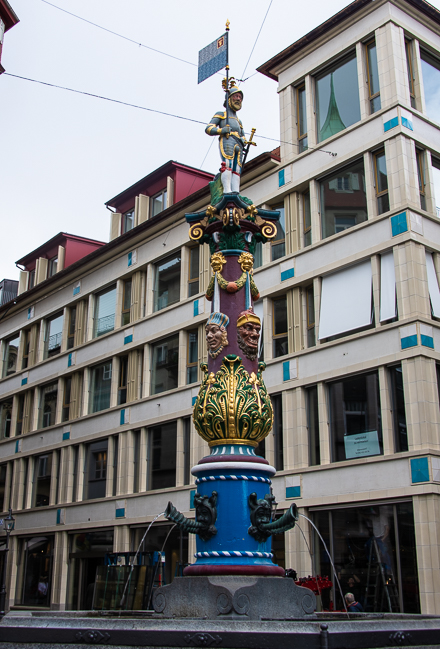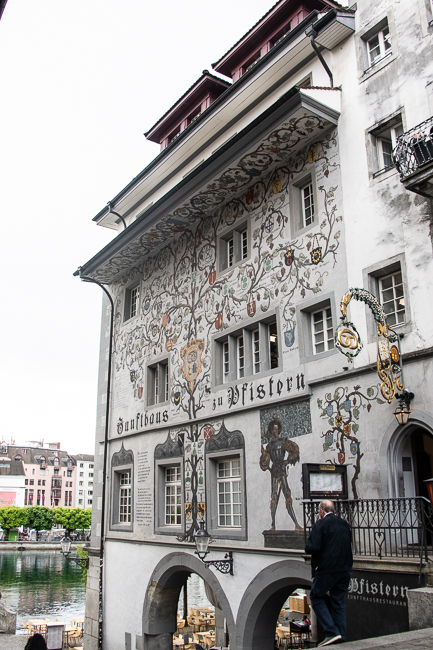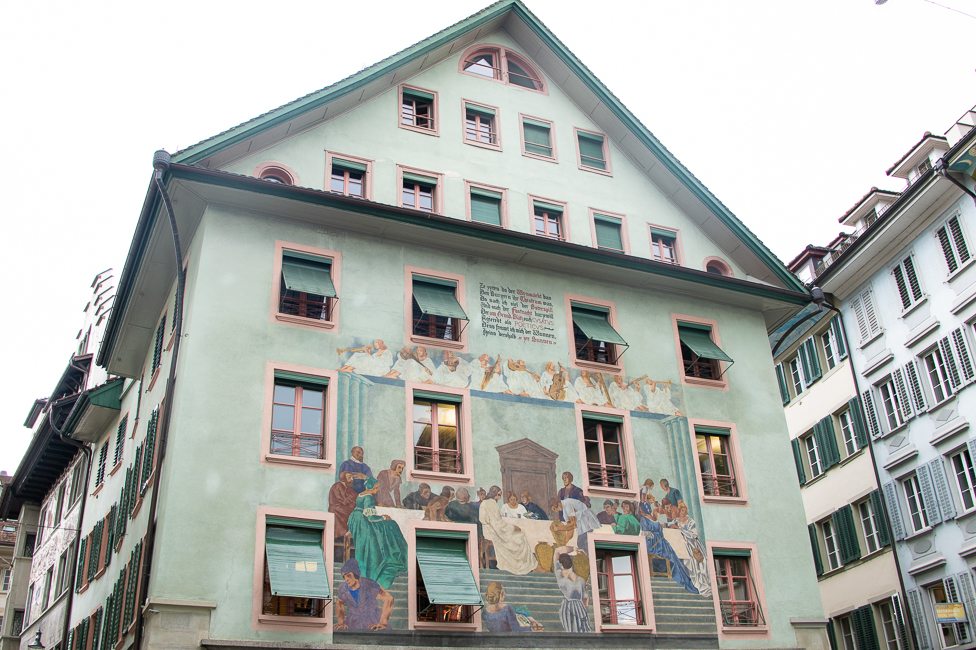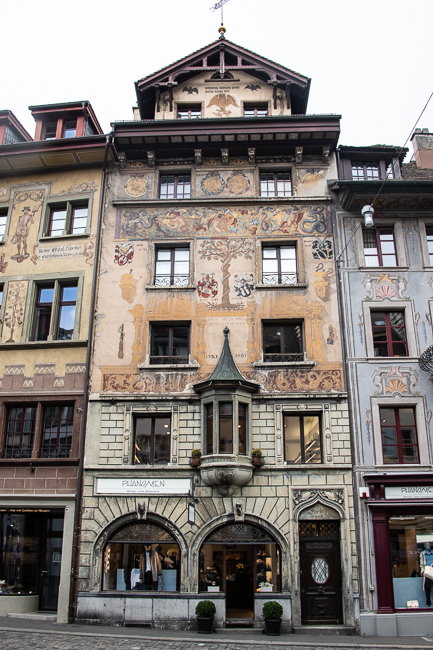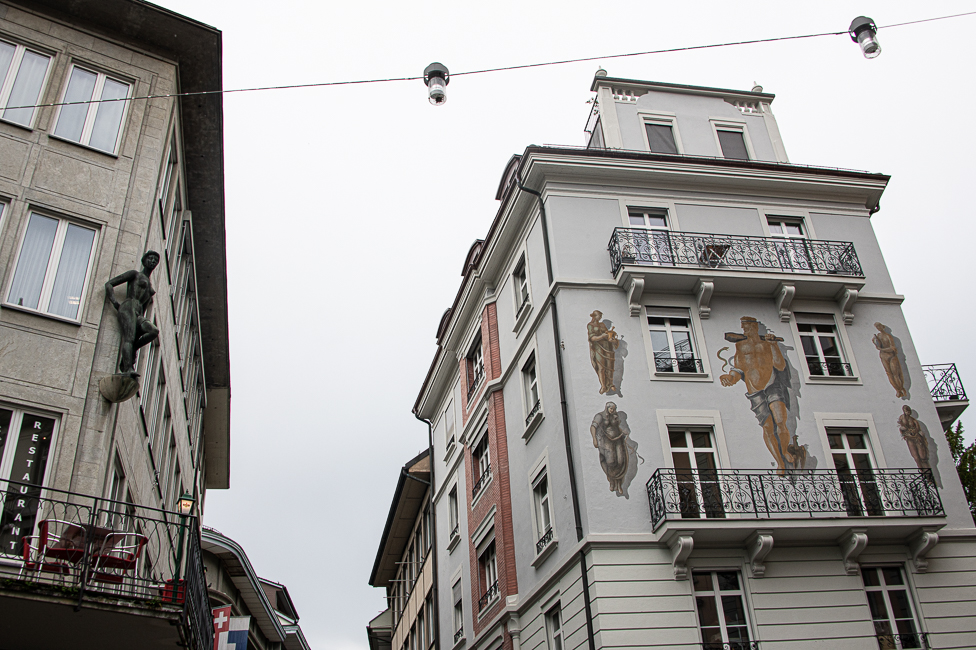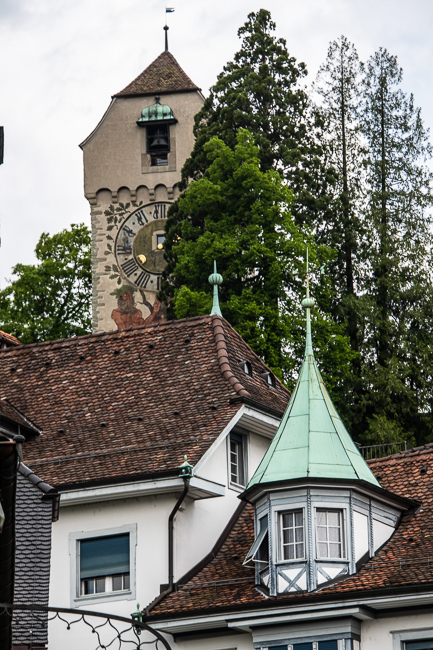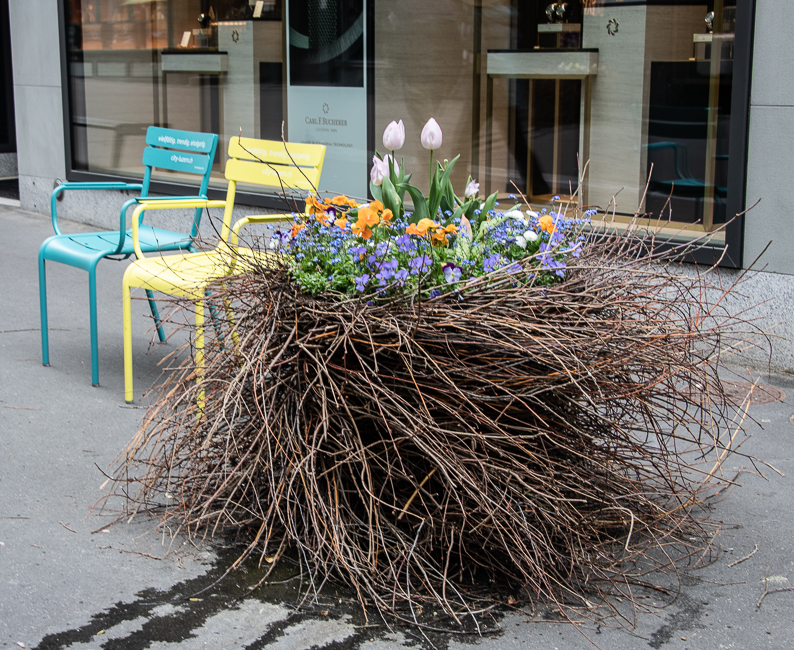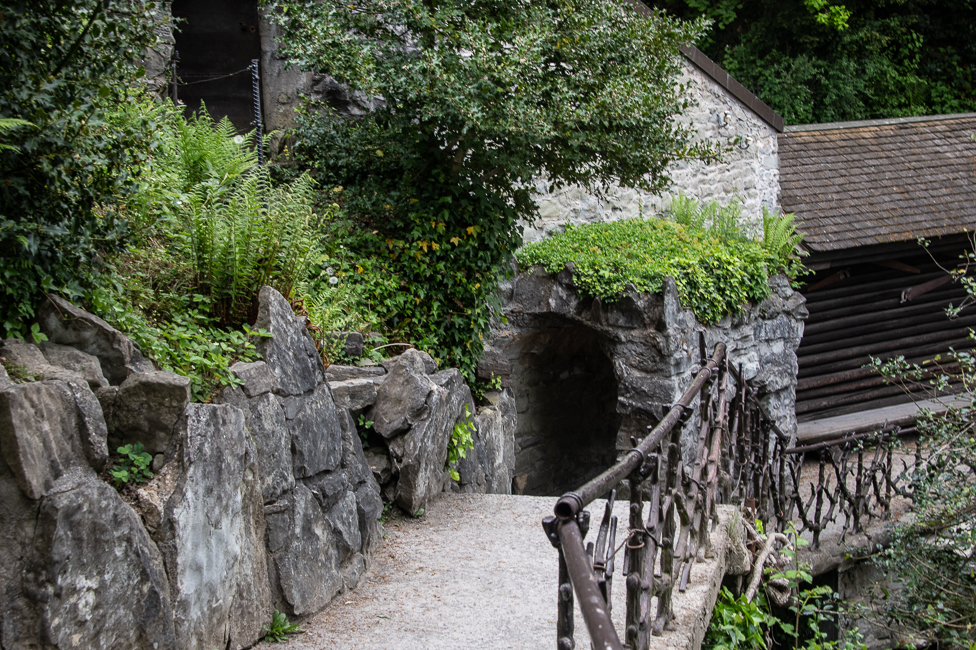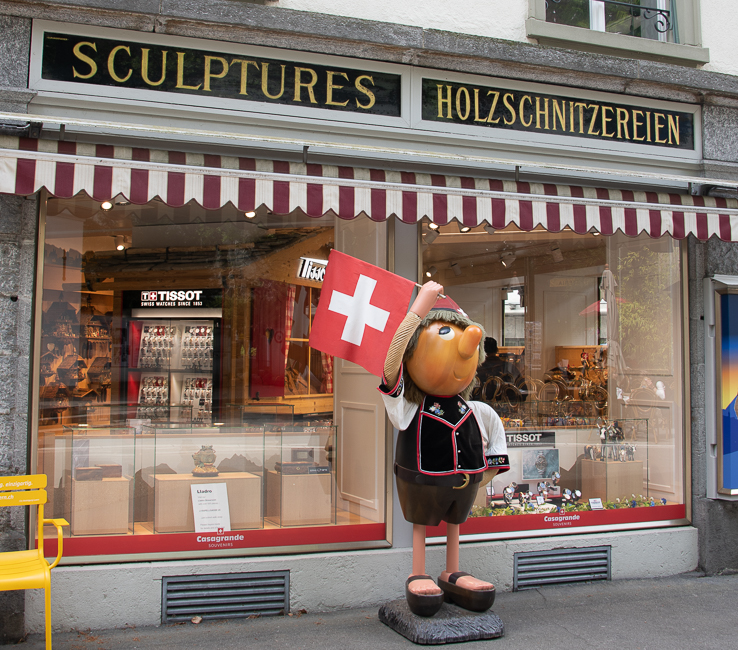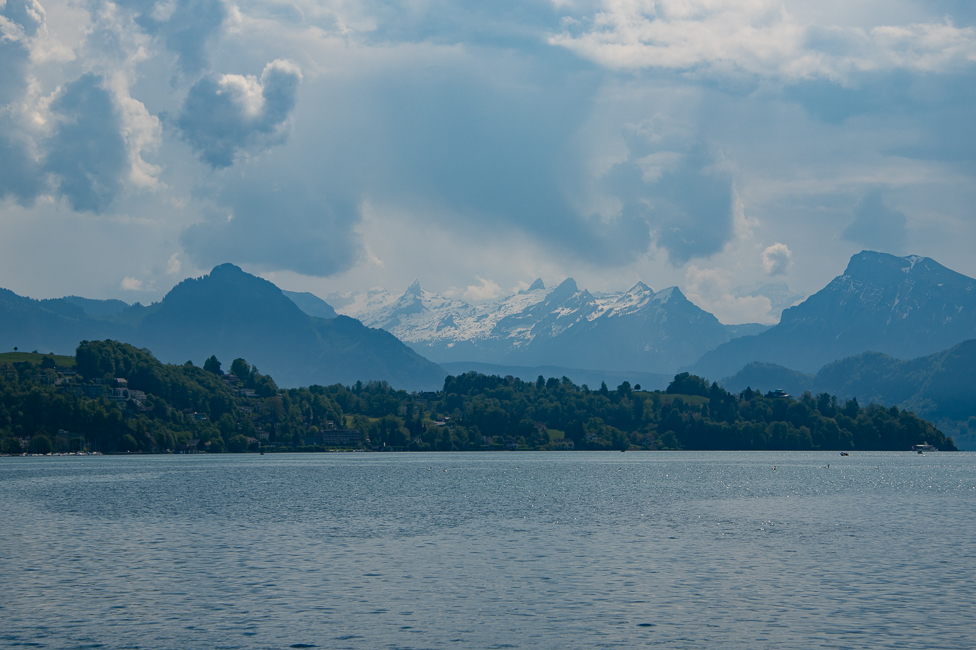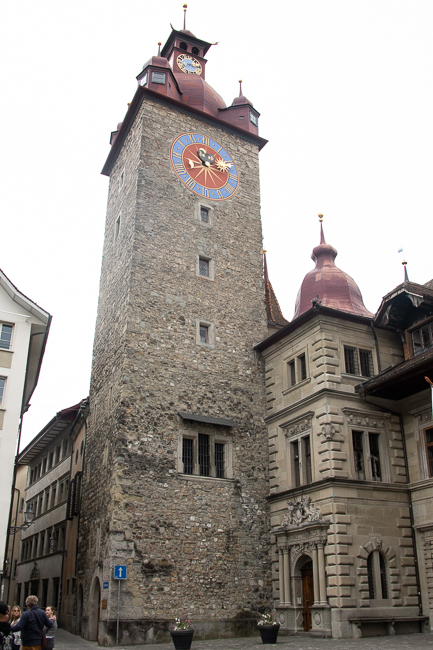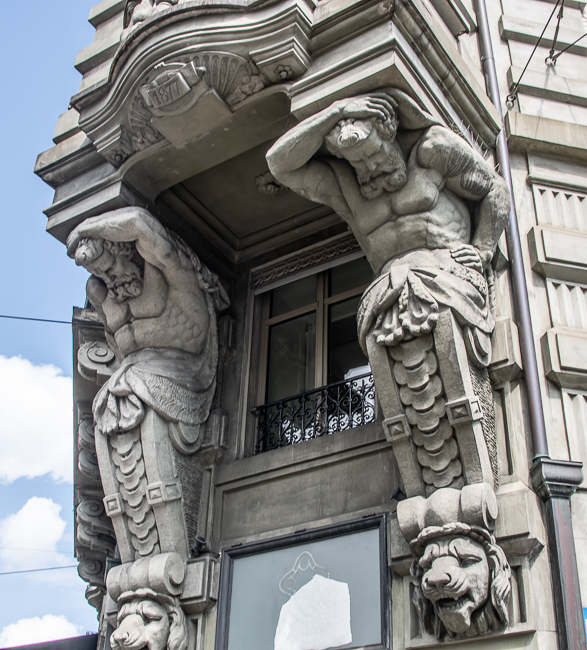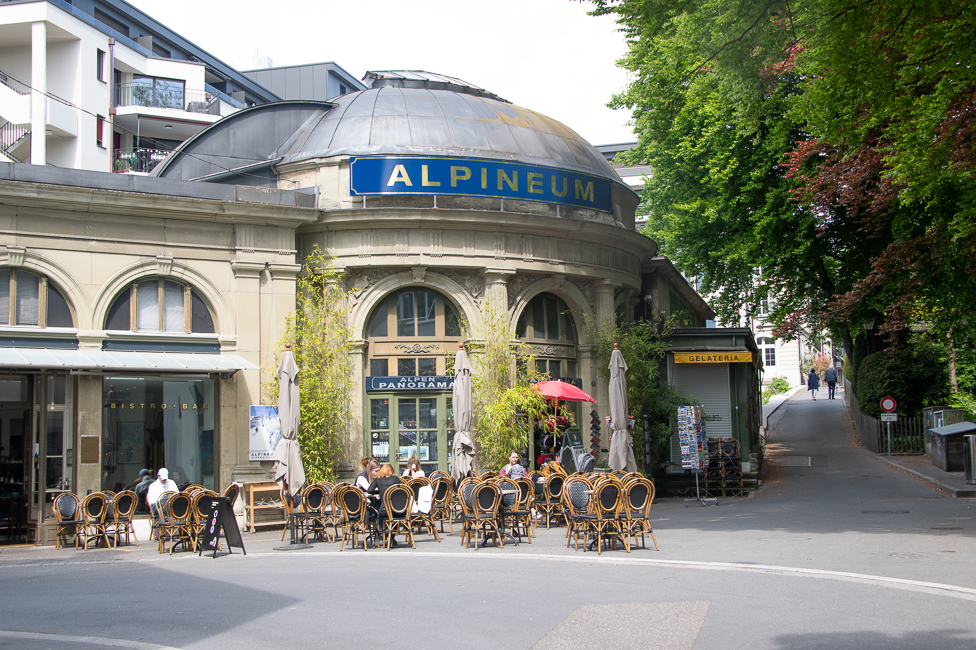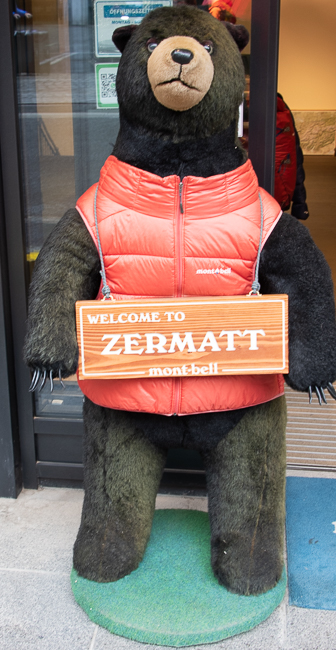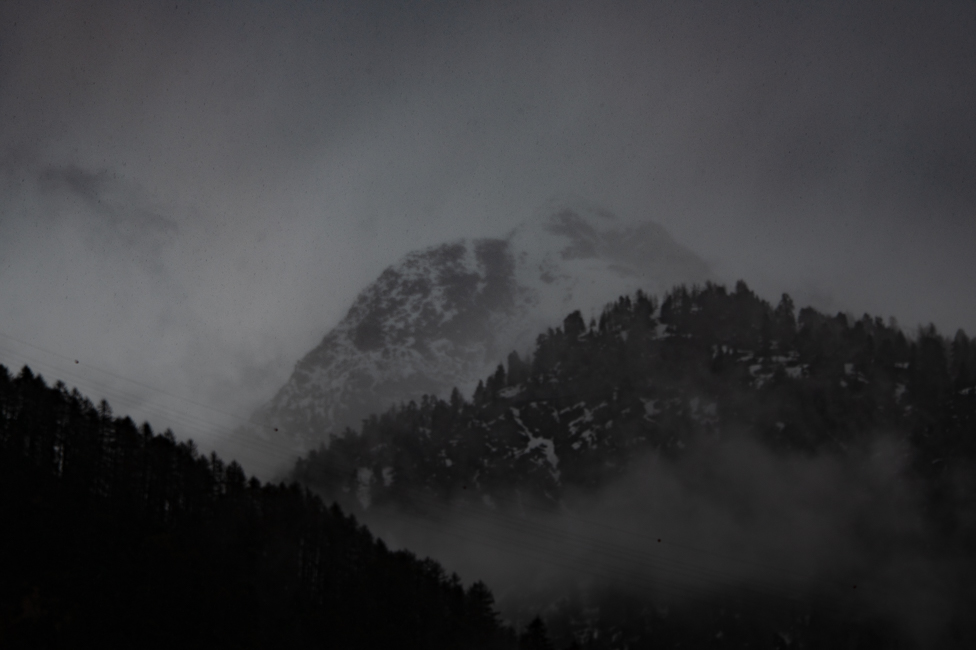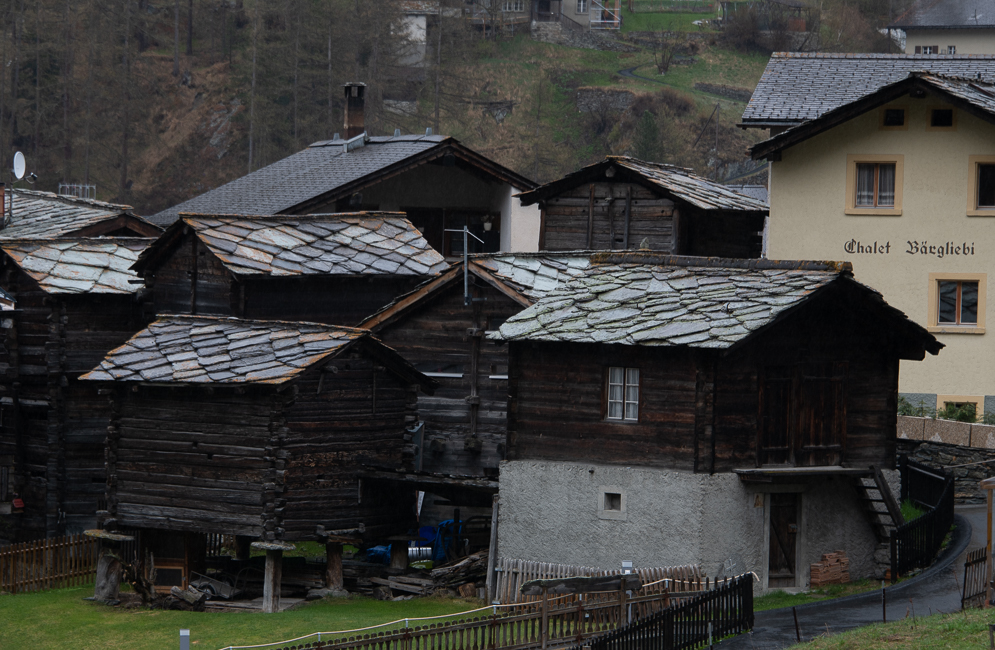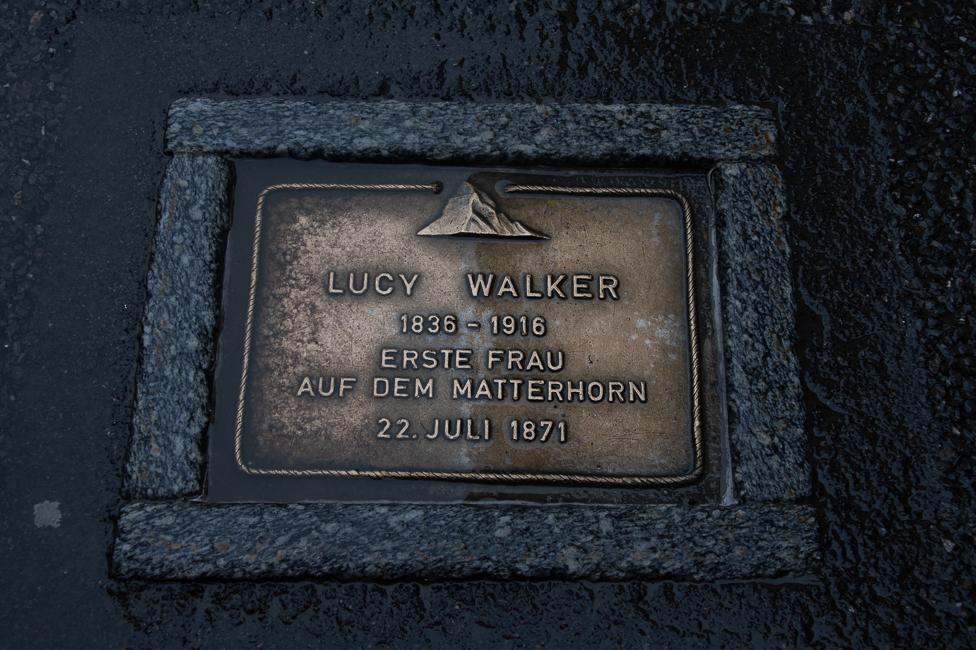May 2022
Lucerne
One of the most iconic sites of Lucerne is the Spreuer Bridge (Or Chapel Bridge). The original was erected around 1400 but destroyed by a storm and rebuilt in 1568.
Under the roof of Spreuer Bridge, 67 paintings dating from 1626 to 1635 represent a “Dance of Death”. Death urges everybody to dance with him, i.e. to die. These types of paintings were often placed on cemetery walls to express people’s feeling in the face of death especially during times of epidemic or plague, and were widespread all over late medieval Europe, but only very few examples have survived to date
The thing is most, had battle scenes and the like so I was not quite sure I followed the whole concept as each painting is very different and I don’t speak the language.
The bridge burned in 1993 of the 111 triangular paintings 86 of them were burned either partially or beyond recognition.
Since the documents that remained of the bridge were not detailed enough to reconstruct the bridge, researchers spent around two months photographing, listing, drawing and describing every element of the bridge. Each beam was inventoried. Construction began in November 1993 and completed in 1994. Elements that were damaged and could not be repaired were removed, and all that could be, were restored and reinstalled.
The Jesuit church was established around 1666 and was the first large baroque building of an ecclesiastical nature to be erected in Switzerland.
The Lion Monument or Lion of Lucerne, is a rock relief designed by Bertel Thorvaldsen and carved in 1820–21 by Lukas Ahorn. It commemorates the Swiss Guards who were massacred in 1792 during the French Revolution, when revolutionaries stormed the Tuileries Palace in Paris.
Over the top of the lion reads Helvetiorum Fidei ac Virtuti (“To the loyalty and bravery of the Swiss”). The dying lion is portrayed impaled by a spear, covering a shield bearing the fleur-de-lis of the French monarchy; beside him is another shield bearing the coat of arms of Switzerland. The inscription below the sculpture lists the names of the officers and gives the approximate numbers of soldiers who died (760), and who survived (350).
Designed by Lucerne architect Louis Pfyffer von Wyher, the circular chapel that stands just outside the Lion Monument is framed by two pilasters. Inside there are only a few seats and a classic altar flanked by flags bearing the colors of the Swiss Guard regiment of France and the coats of arms of patrician families who lost sons in the tragedy. The chapel is open of special occasions.
Considered the most important example of a church building from the Renaissance period in Switzerland, this is the Church of St. Leodegar. The church’s origins go back to 770s, it had been added onto through the years, and then it was destroyed by fire in 1633, leaving only the two towers with their Romanesque elements.
Built in 1888 the four statues standing above Corinthian columns represent post, telegraph, shipping and railways.
The Fritschi Fountain was built in 1918 on Kapellplatz is similar to older fountains found in Bern. A standard bearer graces the top and then the four masks around the base represent Fritschi, his wife, a nursemaid and a servant. There are 4 fools spewing water from goat horns near the base.
Legendary brother Fritschi plays an important role in Lucerne’s Carnival tradition. Brother Fritschi’s grave is supposed to be under this fountain, on the medieval graveyard attached to St. Peter’s Chapel. No one knows who Brother Fritschi really was. The legend goes back to around 1450 and the most probable explanation is that there was a farmer (or farmhand) living outside town making jokes whenever he came to town. Medieval town clerk and chronist Cysat reports that Fritschi left some money to the Safran guild on condition that they serve wine to the poor during Fasacht. The guild still honors this obligation and has dedicated one story of their guild rooms in Nölliturm to Brother Fritschi (the location is not open to the public).
There are spectacular painted buildings dotting the old part of the city, here are just a few:
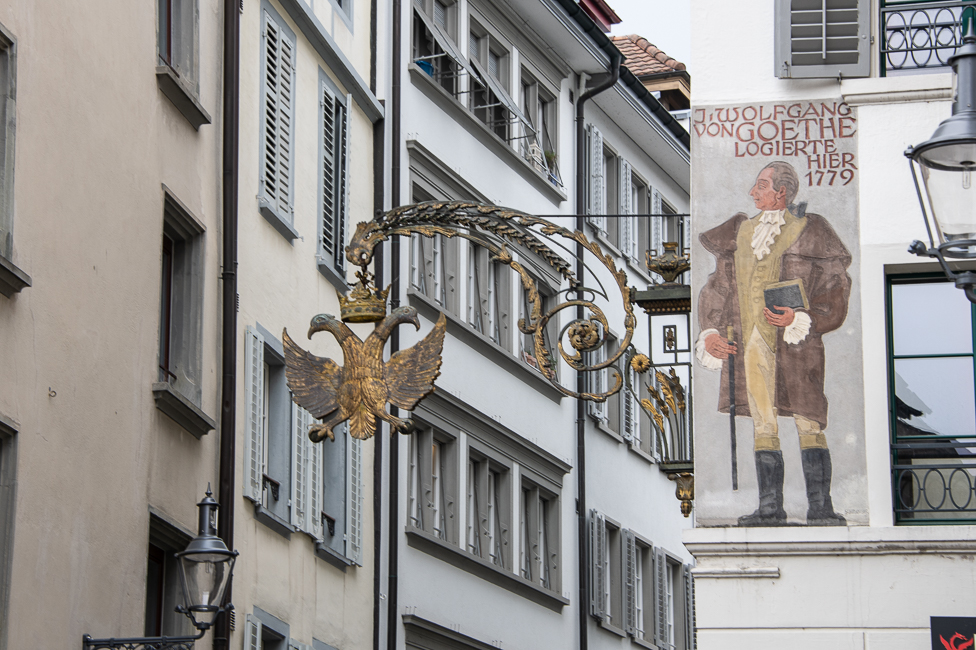
Facade of house, where Wolfgang Von Goethe stayed during his visit to Lucerne and double-headed eagle, symbol of the Imperial Crown
Random Shots of Lucerne
Zermatt
Zermatt is a municipality in the district of Visp and has a year-round population of about 5,800. It lies at the upper end of Mattertal at an elevation of 5,310 ft, at the foot of Switzerland’s highest peaks.
The purpose of this visit was to ride the train up the mountain to view the Matterhorn and other high peaks of the Alps. The weather had other ideas.
*
Throughout Zermatt were these fascinating wood buildings with slate roofs up on stilts. They are made of larch, the tree that dominates Zermatt’s surroundings. The wood is rich in resin, making the timber particularly resistant to pests. The houses are roofed with heavy slabs of rock, which compress the timbers that support it and make the construction more stable. Sunshine and weather darken the wood, and over the course of many years it turns black. As a result, the building becomes much more effective at absorbing and storing heat. The buildings are used for storage. It they hold hay they usually have one door, if they have four doors it is usually food such as dry meat.
The Matterhorn hovers over this area and is an important part of its economy. There are many plaques in the ground honoring the first people that came to tame the Matterhorn. Lucy Walker was the first woman to do so.
Walker was born in 1836, in British North America, in what would later become Canada. She was very accomplished if not well known. She completed a total of 98 expeditions and died at her home in Liverpool in 1916.


